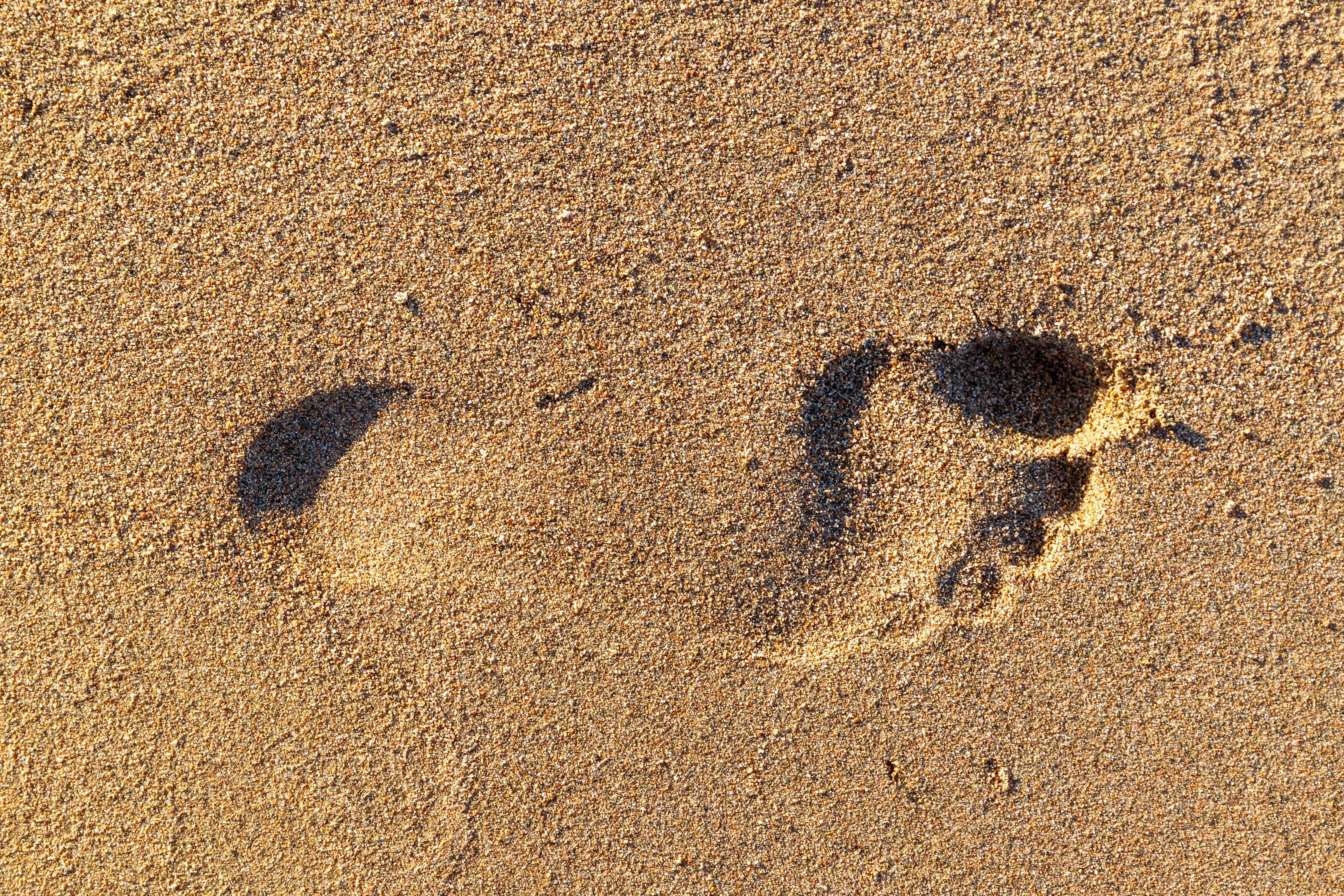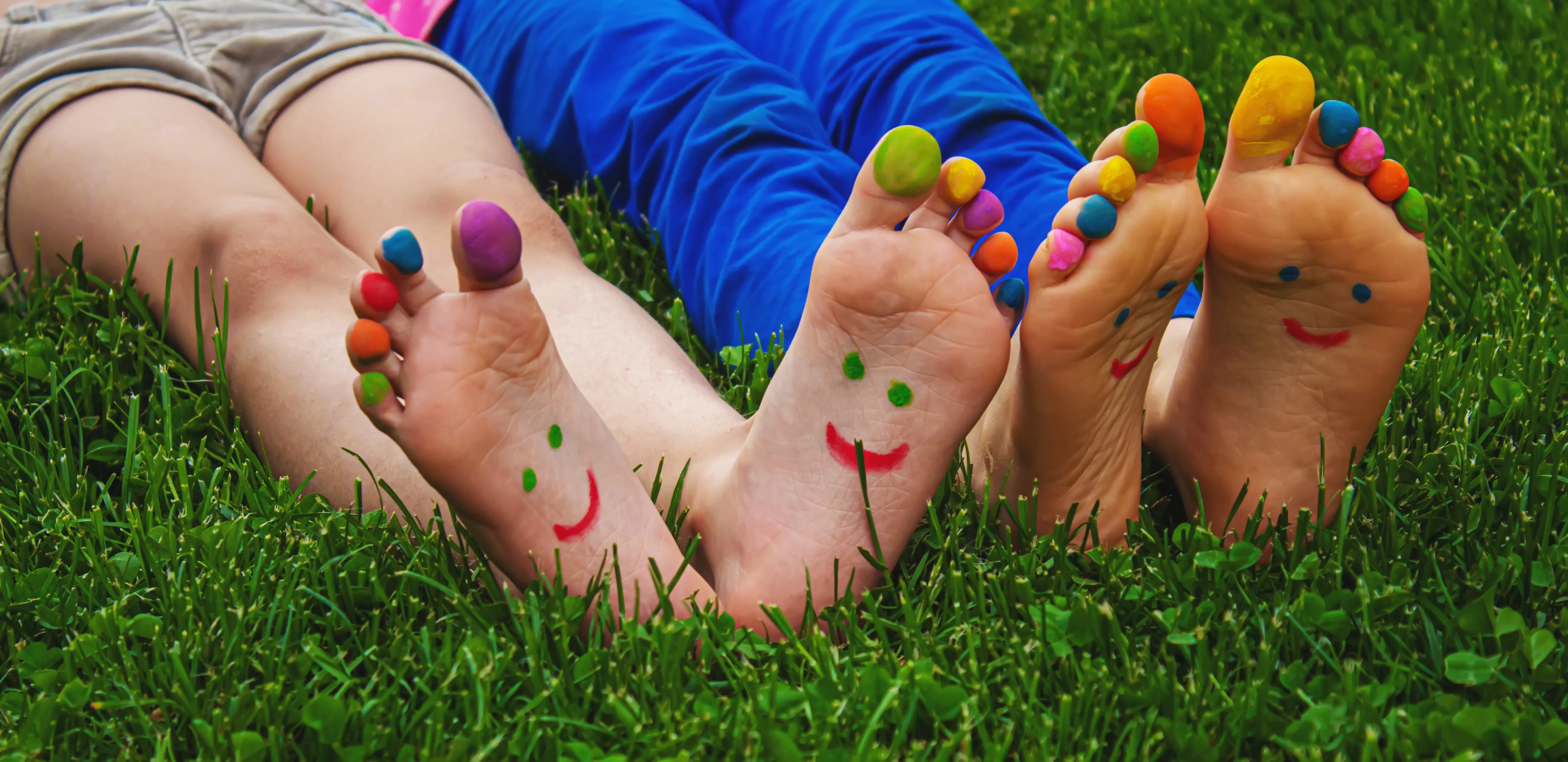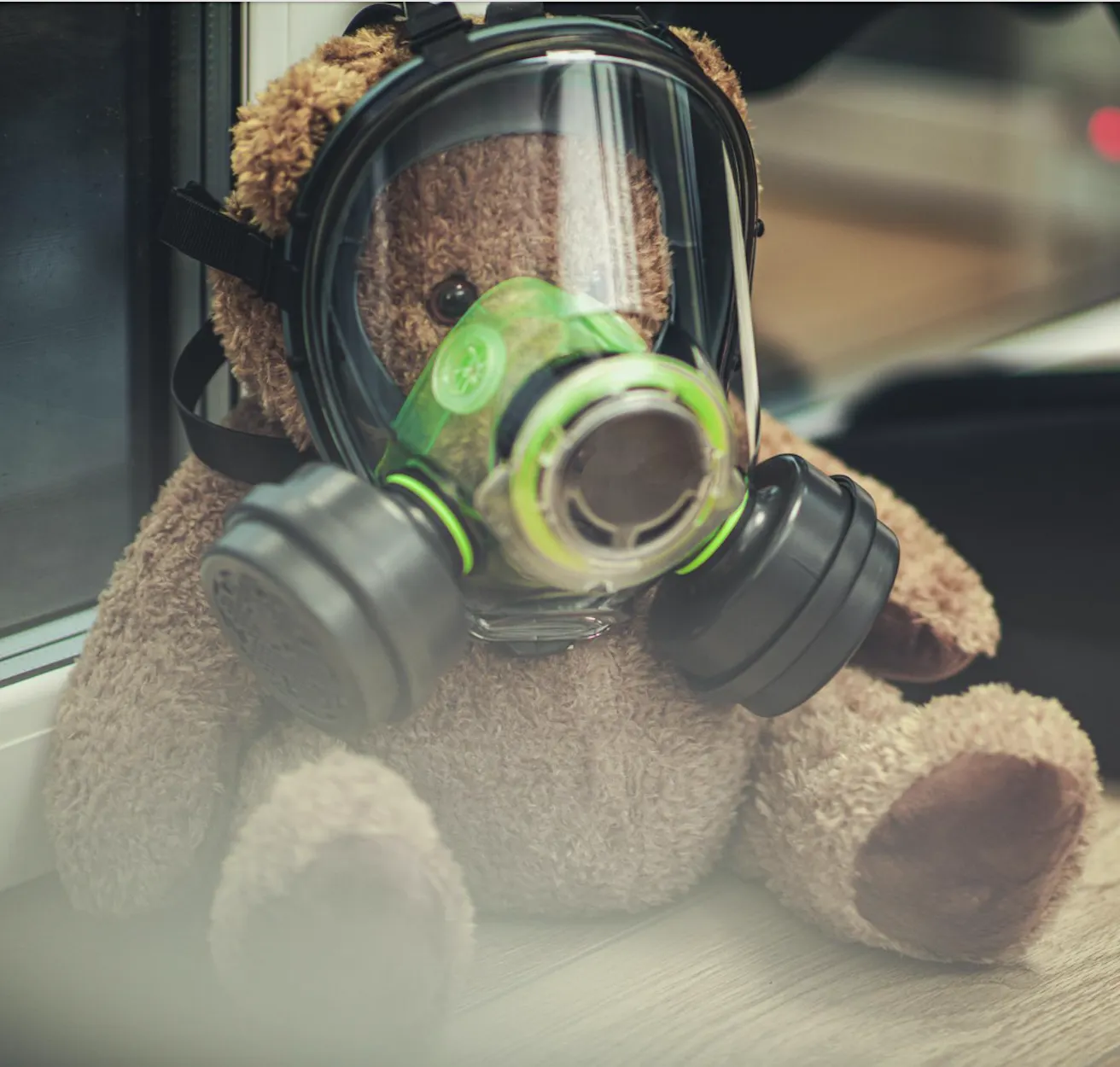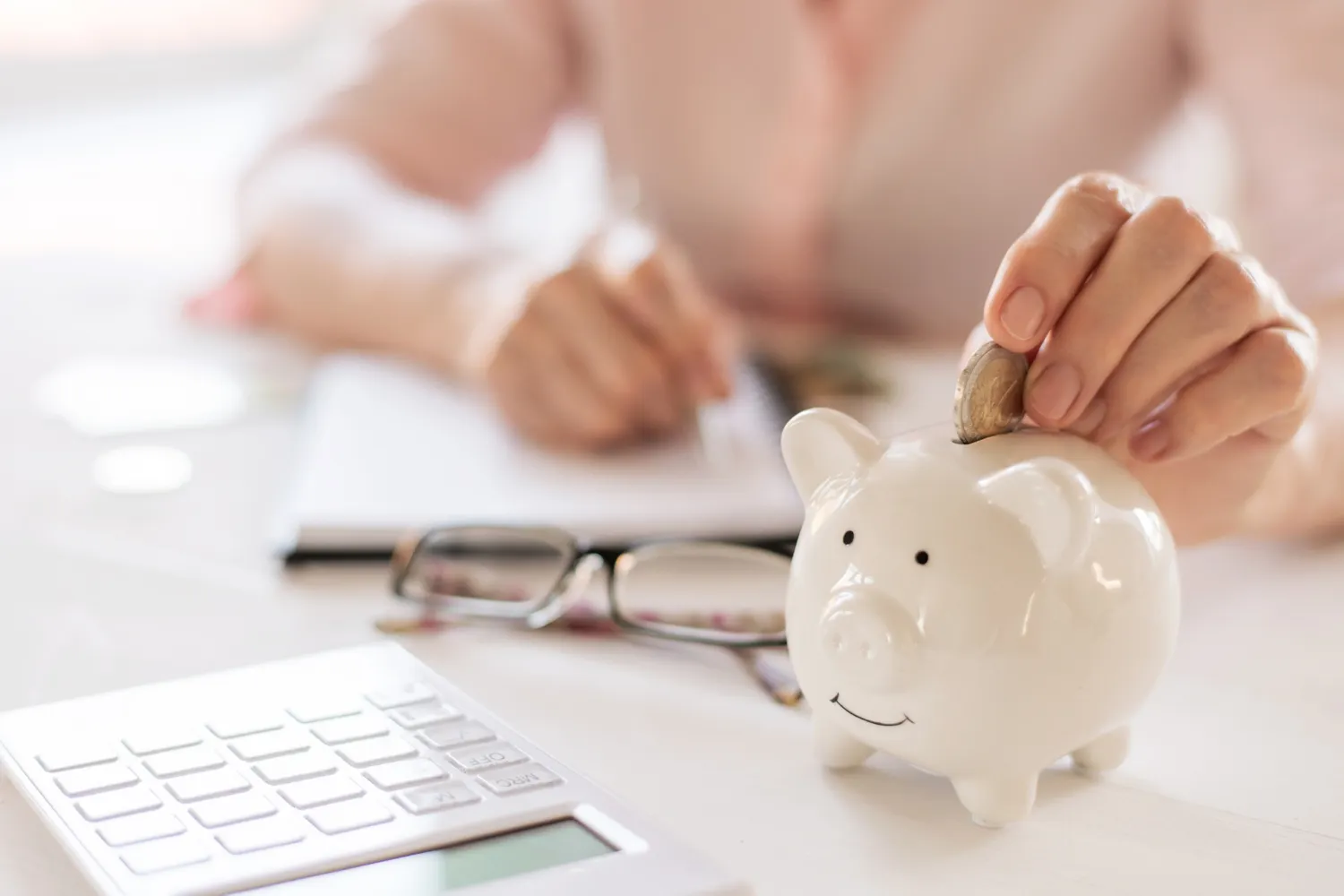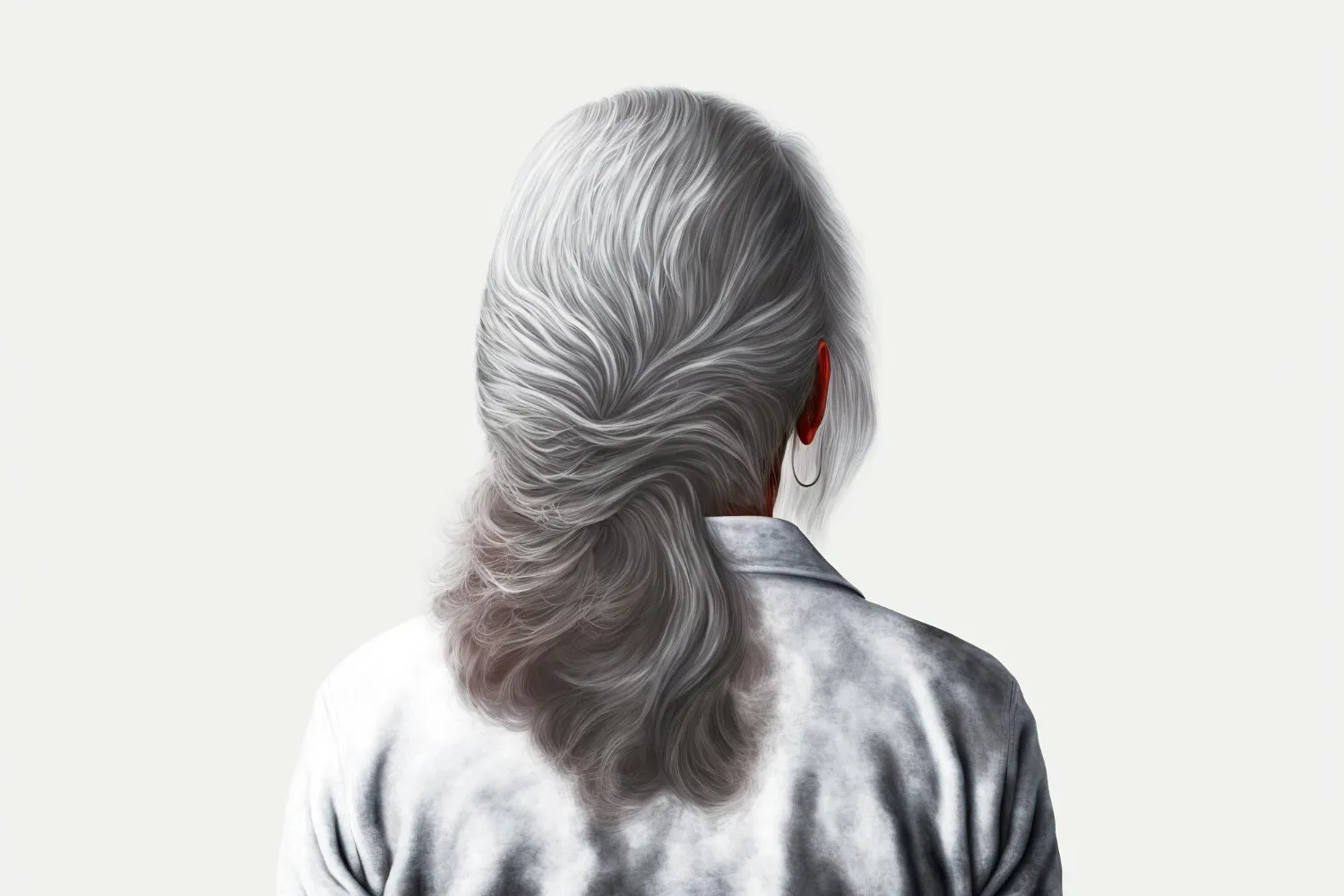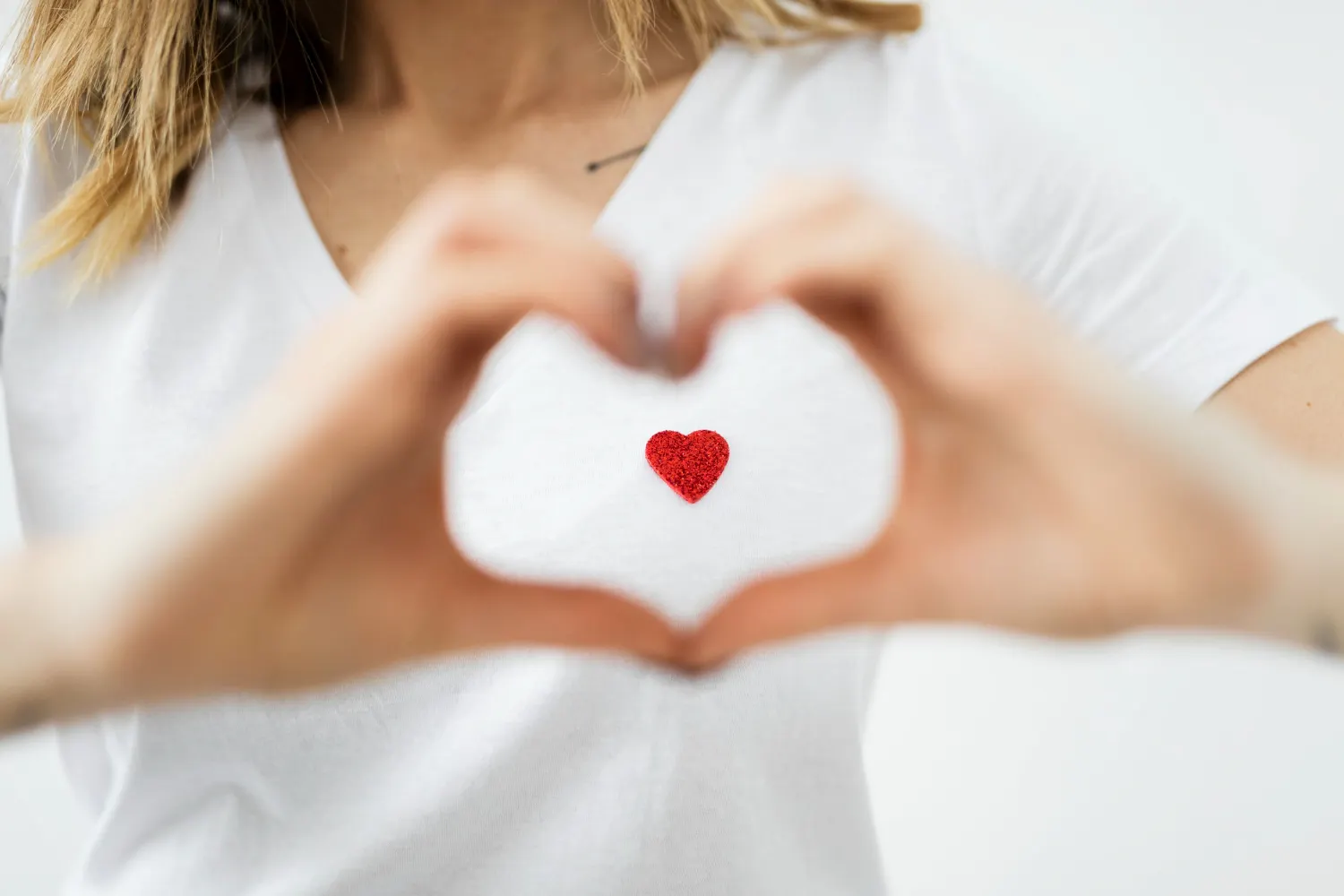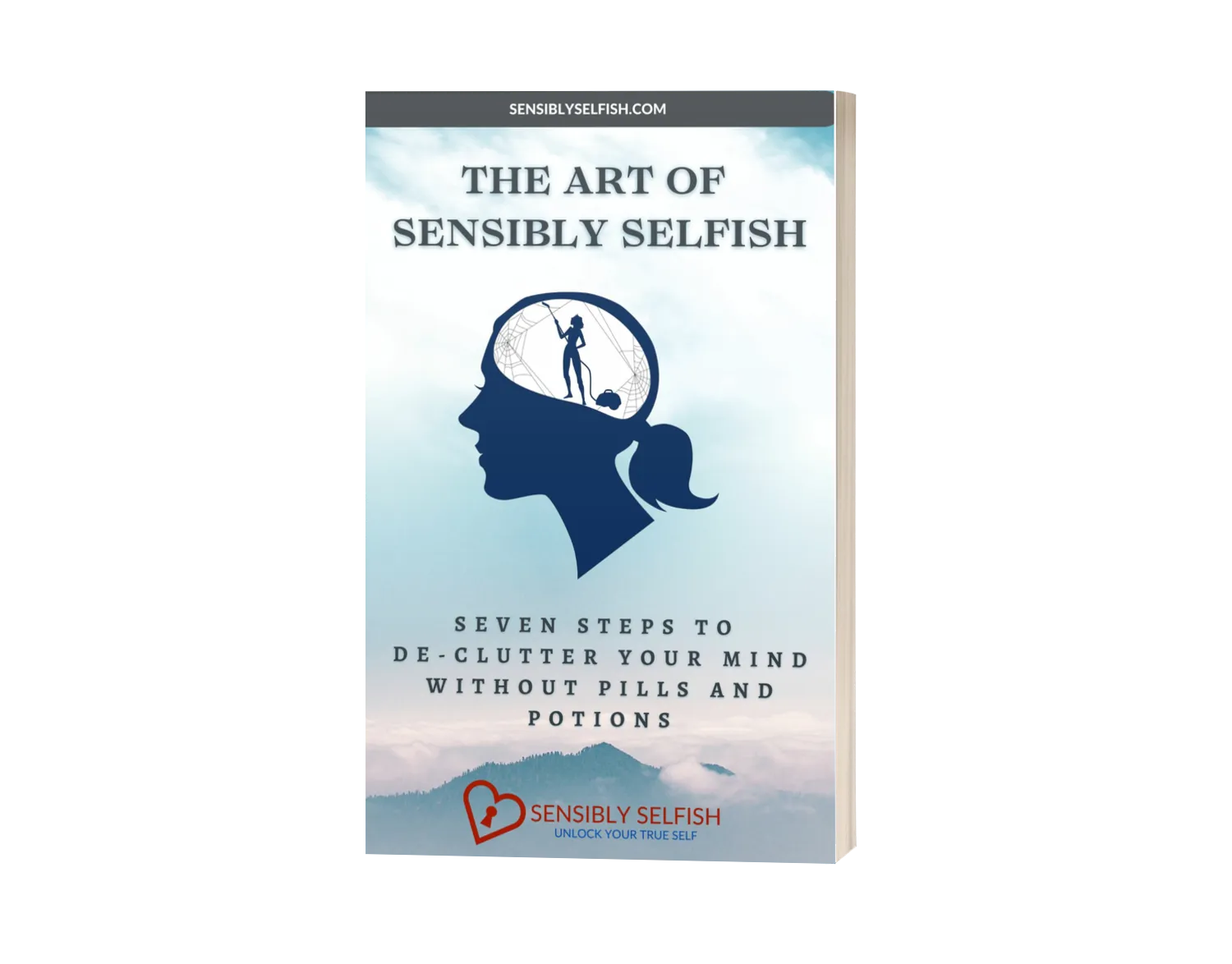Happy Feet, Healthy Life
The Importance of Feet in Longevity
[Toc]
As we age, it's natural for our functional capacity to gradually decrease. Our lower limbs, in particular, may experience reduced strength, impaired balance, and diminished agility. Unfortunately, these physical changes often coincide with an increase in the fear of falling, creating a challenging cycle that can significantly impact our overall mobility and well-being.
The fear of falling, though rooted in psychological factors, can have profound physical consequences. When individuals become fearful of falling, they tend to limit their movement and avoid certain activities that they perceive as risky. This avoidance behavior often includes exercise and physical activity, which are crucial for maintaining strength, flexibility, and balance.
By avoiding exercise and physical activity, older adults inadvertently exacerbate their own functional decline. Lack of regular physical exercise leads to muscle weakness, decreased bone density, and reduced joint flexibility. As a result, mobility becomes compromised, leading to further limitations in everyday activities and an increased reliance on assistance or aids.
The fear of falling can also have a detrimental impact on mental health and overall well-being. It can lead to social isolation and a loss of independence, as individuals become hesitant to leave their homes or participate in social activities for fear of potential falls. This withdrawal from social engagement can contribute to feelings of loneliness, depression, and a decline in cognitive abilities.
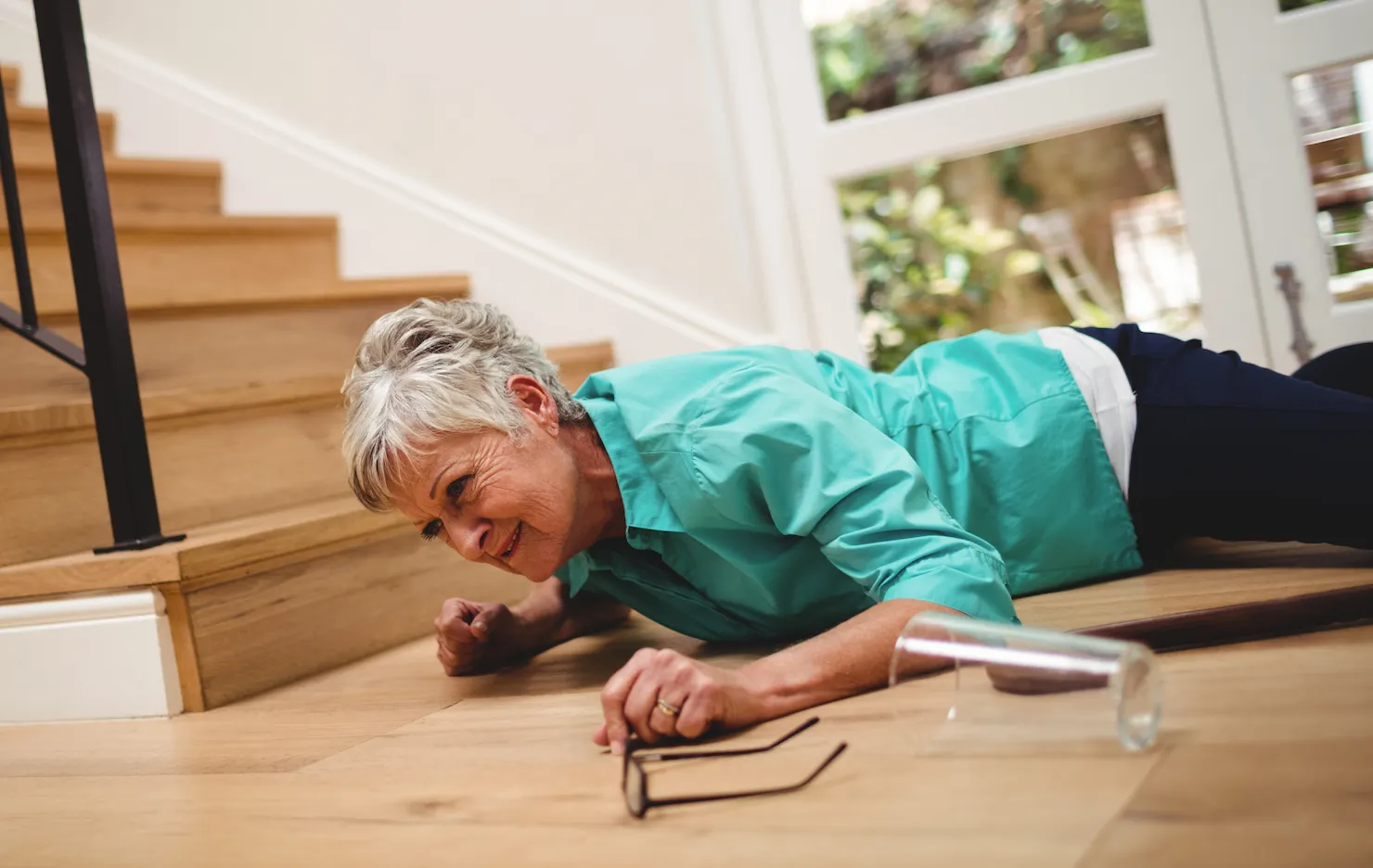
Midlife is the time to create happy feet and avoid the scenario mentioned above. In this post, we will delve into the fascinating world of feet and discover how their care and attention can contribute to a long and healthy life.
[Disclaimer: This post is for informational purposes only and should not substitute professional medical advice. If you have specific concerns about your foot health, please consult a healthcare professional.]
The Link Between Foot Health and Overall Well-being
Foot health is interconnected with our overall well-being. Chronic foot pain can affect our mood, limit our activities, and even lead to a sedentary lifestyle, which can have negative impacts on our physical and mental health. By taking care of our feet, we enhance our overall quality of life and promote longevity.
Foot problems, such as bunions, plantar fasciitis, and ingrown toenails, can significantly impact our quality of life. By practicing good foot hygiene, wearing comfortable and properly fitting footwear, and paying attention to any signs of discomfort, we can prevent many common foot ailments. Regular visits to a podiatrist can also help identify and address any underlying issues.

Chinese Medicine and Foot Flow
In Chinese medicine, the foot holds significant importance as it is considered a microcosm of the entire body. The principles of Chinese medicine view the foot as a map that reflects the overall health and well-being of an individual. The energy channels, or meridians, that flow throughout the body are believed to pass through the feet. By stimulating specific points on the feet, practitioners of Chinese medicine can access and influence the flow of energy, known as Qi, throughout the body.
Techniques like foot reflexology, acupressure, and acupuncture target these points to restore balance and harmony within the body's systems. The feet are seen as a gateway to promoting overall health, relieving pain, and treating various ailments.
Furthermore, Chinese medicine acknowledges the connection between the feet and the Earth element, representing grounding, stability, and support. By nurturing and caring for the feet, individuals can enhance their overall vitality and maintain a balanced state of health according to the principles of Chinese medicine.
Balance Begins in the Big Toe
When it comes to maintaining good health, we often focus on major organs like the heart or lungs. However, there's an unsung hero in our body that deserves our attention - our feet! Often overlooked, our feet are vital for mobility, balance, and overall well-being.
The big toe may seem like just another digit on our feet, but it plays a pivotal role in maintaining balance. Known as the hallux, the big toe serves as a crucial anchor point for our body's stability. When we walk or engage in activities that require balance, our big toe acts as a pivot, helping to distribute weight and propel us forward. It provides essential feedback to the brain, enabling precise adjustments in our body's position to prevent falls.
The muscles and tendons surrounding the big toe work in harmony to provide stability and support, making it a vital component in our overall balance and coordination. So, the next time you marvel at your toes, remember that the big toe is a silent hero, ensuring we stay steady on our feet and maintain equilibrium as we move through the world.
Feet - Our Second Hands
While feet and hands may seem distinctly different, there are remarkable similarities between them that highlight their versatile nature. In fact, one could argue that feet are truly a second set of hands. Just like our hands, our feet possess a complex network of bones, joints, muscles, and tendons that allow for dexterity and manipulation.
Although our feet primarily function for support and locomotion, they are capable of intricate movements, such as grasping, gripping, and even picking up objects. In some cases, individuals born without hands have learned to use their feet to perform tasks typically associated with hands, demonstrating the incredible adaptability and versatility of our lower extremities. So, while feet may not be as commonly associated with fine motor skills as hands are, they possess a remarkable capacity to function as "hands" when the need arises.
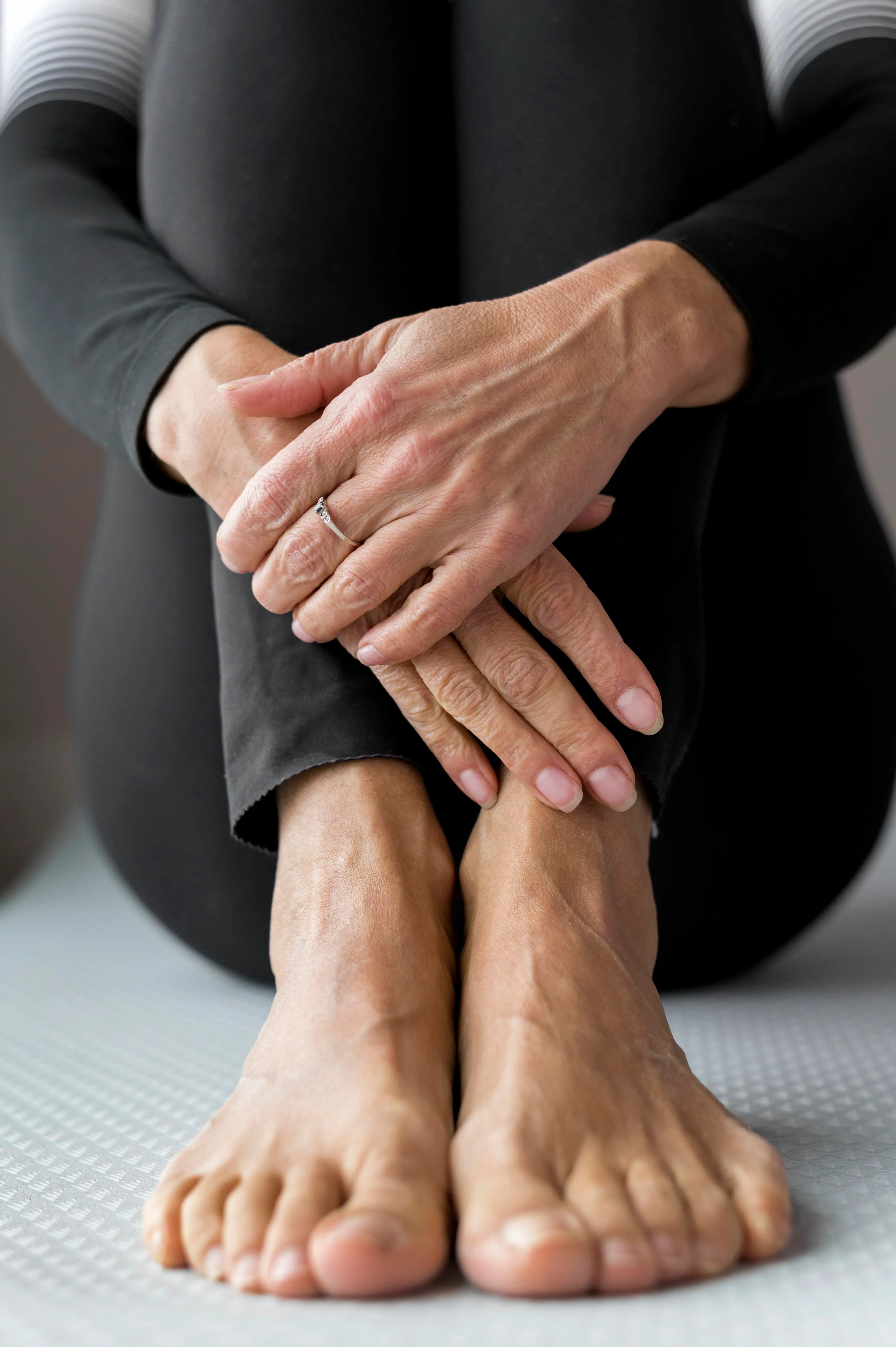
Feet and Fascia Force
Feet and fascia have a deep and interconnected relationship that greatly influences our overall body's structure and function. Fascia is a network of connective tissue that runs throughout our body, providing support, stability, and a pathway for the transmission of forces. In the feet, the fascia plays a vital role in maintaining arch support and distributing the body's weight during movement.
The plantar fascia, a thick band of tissue on the sole of the foot, acts as a shock absorber and contributes to the foot's elasticity. It helps to maintain the foot's arch shape and provides stability during walking, running, and other weight-bearing activities. Furthermore, the fascial connections between the feet and other parts of the body, such as the legs and pelvis, create a cohesive network that influences overall posture and movement patterns.
Imbalances or restrictions in the foot's fascia can lead to issues like plantar fasciitis, flat feet, or altered biomechanics, affecting not only the feet but also causing ripple effects throughout the body. Therefore, understanding and caring for the fascia in our feet, and the whole body is essential for maintaining proper alignment, mobility, and overall well-being.
Barefoot shoes are they hype?
Barefoot shoes have gained significant attention in recent years, with proponents praising their potential benefits for foot health and overall well-being. But when it comes to barefoot shoes at midlife, are they just another passing trend or do they hold genuine advantages? Let's take a closer look.
At midlife, our feet may face specific challenges such as reduced flexibility, joint stiffness, and changes in foot structure. Some argue that barefoot shoes, designed to mimic the experience of walking barefoot, can offer a more natural and supportive alternative to traditional footwear. Advocates claim that these shoes promote better foot mechanics, strengthen muscles, and improve balance and proprioception (the body's ability to sense its own position, movement, and spatial orientation without relying on visual cues).
One of the key arguments in favor of barefoot shoes is their potential to encourage a more natural gait pattern. Proponents suggest that conventional shoes with cushioned soles and elevated heels can alter our foot mechanics and contribute to issues like weak arches and tight calf muscles. Barefoot shoes, with their minimalist design, aim to allow the foot to move more freely, promoting a more efficient and natural stride.
Supporters of barefoot shoes also argue that they can help strengthen the muscles of the foot and lower limb. When walking or exercising in barefoot shoes, the feet are engaged in a greater range of motion, leading to increased muscle activation and potential strengthening. This can be particularly beneficial for individuals at midlife who may experience age-related muscle loss and decreased foot strength.
Another potential advantage of barefoot shoes is the enhanced sensory feedback they provide. The thin soles of these shoes allow for a greater sense of the ground beneath our feet, providing a heightened connection with our environment. This sensory input is believed to improve balance and proprioception, which can be particularly valuable for individuals at midlife who may be more prone to balance issues.
However, it is important to note that the use of barefoot shoes is not without controversy. Sceptics argue that the benefits of barefoot shoes may be overstated and that transitioning to this type of footwear requires a gradual adaptation period to avoid potential discomfort or injury. (This time period will be unique and individual to you). Additionally, individuals with certain foot conditions or structural abnormalities may need to exercise caution or seek professional advice before using barefoot shoes.

Self-Care Tips for Happy Feet
Foot Massage
Massage holds great importance in promoting relaxation, relieving tension, and improving overall well-being. Our feet bear the weight of our body and undergo constant stress and strain, making them prone to fatigue and discomfort. A foot massage not only helps alleviate physical discomfort but also stimulates circulation, reduces muscle tension, and enhances the body's natural healing mechanisms.
It can be particularly beneficial for individuals who spend long hours on their feet, engage in physical activities, or experience conditions such as plantar fasciitis or arthritis. Beyond the physical benefits, foot massage has a profound impact on our mental and emotional state. It promotes relaxation, reduces stress, and induces a sense of calm and tranquillity.
The feet are also home to various reflex points that are connected to different parts of the body. Applying targeted pressure to these points during a foot massage, it is believed to have a positive effect on the corresponding organs and systems, fostering overall balance and well-being. So, whether received from a professional masseuse or through self-massage techniques, incorporating regular foot massages into our self-care routine can be a valuable investment in our overall health and relaxation.
Avoid the Sedentary lifestyle
A sedentary lifestyle and/or neglecting foot health can lead to reduced mobility and increased risk of chronic conditions. Obesity resulting from a sedentary lifestyle can have detrimental effects on the feet, as the excess weight puts increased pressure on the feet, leading to conditions such as plantar fasciitis, arthritis, and stress fractures.
When we spend prolonged periods sitting or fail to prioritize foot care, the muscles in our feet can weaken, and our flexibility may decline. This can contribute to issues such as stiffness, decreased range of motion, and an increased risk of conditions like plantar fasciitis or Achilles tendonitis.
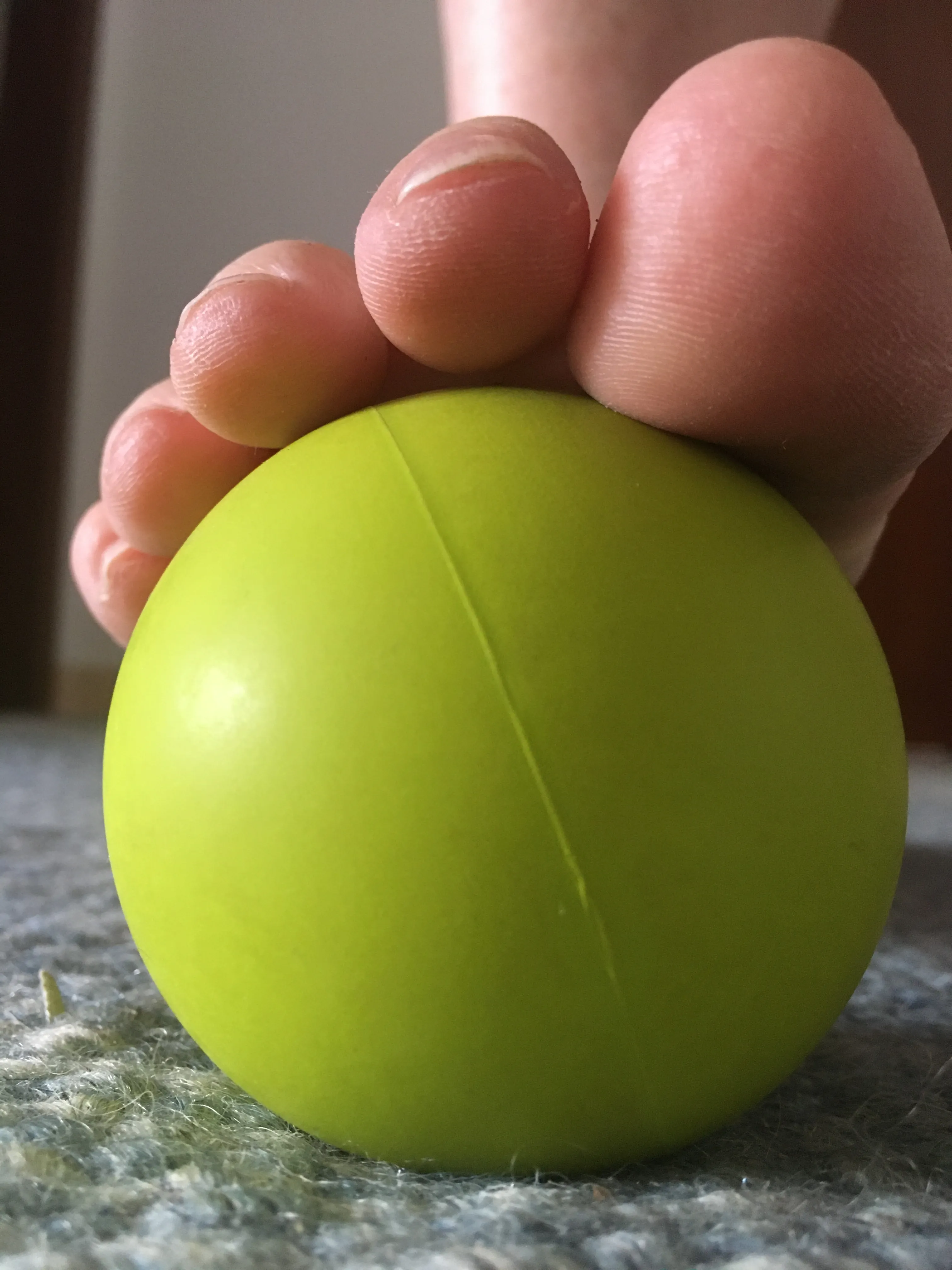
Foot Training
Regular exercise and proper foot care go hand in hand when it comes to maintaining foot health. Incorporating exercises that promote foot flexibility and strength can have significant benefits. Here are a few exercises you can try:
1. Stretching exercises: Start by sitting comfortably and extending one leg in front of you. Use a towel or a resistance band around the ball of your foot, gently pulling it toward you to stretch your calf and plantar fascia. Hold the stretch for 30 seconds and repeat on the other side. You can also try rolling a hard foot ball under your foot, applying pressure to massage the arch and stimulate blood flow.
2. Toe curls: While sitting or standing, place a small towel on the floor and try to pick it up using only your toes. This exercise helps strengthen the muscles in your feet and toes. Repeat this exercise for several repetitions, aiming to gradually increase your grip strength.
3. Using massage tools: Foam rollers, tennis balls and foot training balls can be useful for self-massage. Sit on a chair and place the ball or roller under your foot. Roll it back and forth, applying pressure to massage the sole of your foot. Focus on any tight or sore spots. You can also place a frozen water bottle on the floor and roll your foot over it to provide a soothing ice massage.
By regularly performing these exercises and incorporating massage tools, you can increase blood flow, loosen tight muscles, and maintain the suppleness of your feet. These activities enhance foot function, alleviate discomfort, and support a more active and mobile lifestyle. Remember to start gradually, listen to your body, and consult with a healthcare professional if you have any specific concerns or foot conditions.
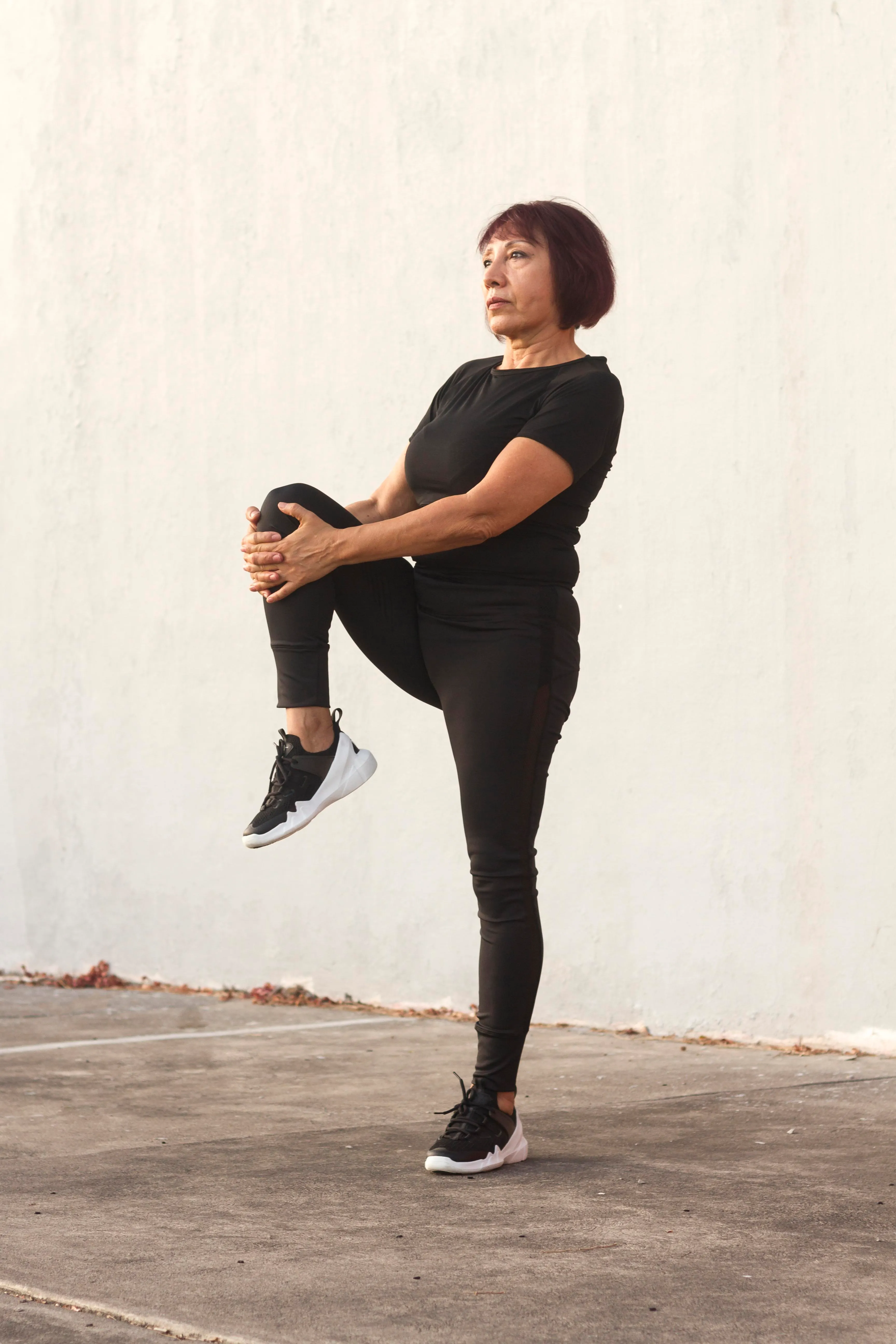
Balance and Stability
Maintaining a good balance is crucial, especially as we age. Our feet, equipped with numerous nerve endings, provide essential feedback to our brain, aiding in balance and coordination. Simple exercises like standing on one foot or using balance boards can help strengthen the muscles and enhance stability, reducing the risk of falls and related injuries.
To perform a single-leg stand, stand near a wall or a stable surface for support, then lift one foot slightly off the ground, balancing on the other foot. Try to maintain this position for 30 seconds to 1 minute, gradually increasing the duration as your balance improves. To extend this practice you can do the exercise with your eyes closed.
To use a balance board, stand on the board with both feet, maintaining a stable stance. Shift your weight side to side or front to back while keeping your balance. As you progress, you can try performing exercises on the balance board, such as squats or lunges, to challenge your stability further.
Incorporating these exercises into your routine, ideally, a few times a week, can help strengthen the muscles in your feet and ankles, improve proprioception, and enhance overall stability. Remember to start slowly, use appropriate support if needed, and consult with a healthcare professional if you have any concerns or specific conditions that may require modifications.
Foot Hygiene
Below are some Sensibly Selfish simple steps to happy feet.
- Wash your feet daily with warm water and mild soap, ensuring to dry them thoroughly, especially between the toes.
- Moisturize your feet regularly to prevent dryness and cracking.
- Trim your toenails straight across to avoid ingrown toenails.
- Go barefoot on different surfaces as much as you can.
- Wear comfortable, properly fitting shoes which allow your toes to move.
- Engage in foot exercises and stretches to promote flexibility and strength.
- Massage your feet, get your partner to massage or see a professional
- Wear comfort alignment socks when sitting in front of the TV or in bed.
Appreciation is Happy Feet
Our feet, often taken for granted, are remarkable structures that deserve our attention and care. By understanding their importance in maintaining mobility, balance, and overall well-being, we can actively contribute to our longevity. So, let's give our feet the appreciation they deserve and take steps towards happy, healthy, and long-lasting lives.
Taking care of your feet is not only an act of self-care but also an investment in your overall health and vitality. So embark on a foot care routine, and stride confidently toward a long and fulfilling life!

